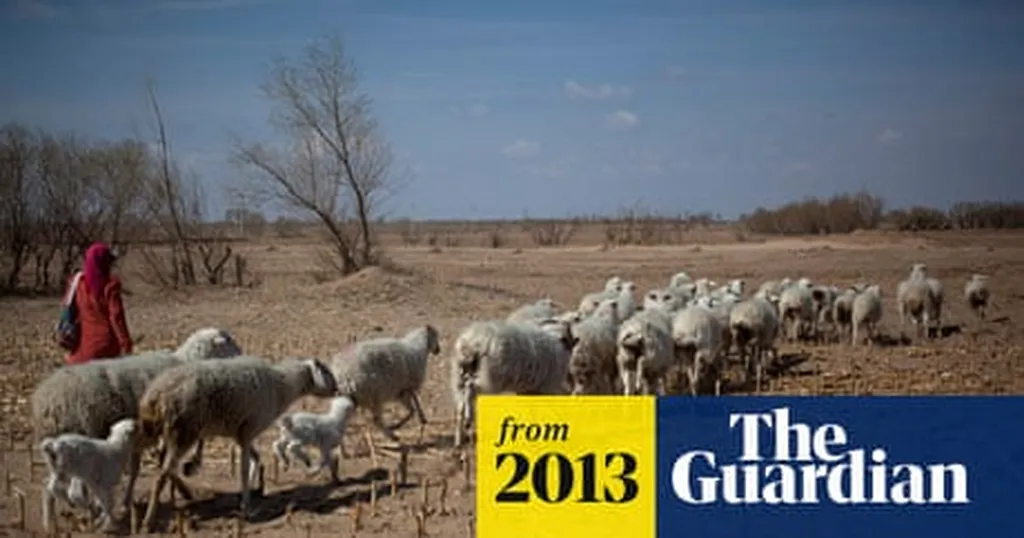In the vast expanses of Inner Mongolia, where the agricultural and pastoral landscapes stretch as far as the eye can see, a delicate balance between ecological sustainability and economic development is being carefully studied. A recent study published in the journal *Sustainable Futures* (translated from Chinese as *可持续未来*) sheds light on the intricate relationship between the region’s ecological environment and its economic growth, offering valuable insights for policymakers and industry stakeholders alike.
Led by Jie Yang from the State Key Laboratory of Earth Surface Processes and Disaster Risk Reduction at Beijing Normal University, the research delves into the spatiotemporal evolution of Inner Mongolia’s agricultural-pastoral ecological environment and economic development from 2004 to 2022. The findings reveal a complex interplay of factors that could shape the future of sustainable development in the region.
The study identifies key obstacle factors that hinder the harmonious development of the ecological environment and economic growth. For the ecological environment, the main challenges are per capita water resources and grassland area. “Water scarcity and land degradation are significant issues that need to be addressed to improve the ecological sustainability of the region,” explains Yang.
On the economic front, the primary obstacles are per capita rural electricity consumption and grain output. These factors highlight the need for improved resource management and increased productivity in the agricultural and pastoral sectors. “Enhancing the efficiency of resource utilization and boosting agricultural productivity are crucial for achieving sustainable economic growth,” Yang adds.
One of the most compelling findings of the study is the high degree of coupling between the ecological environment and economic development. The coupling degree consistently remains above 0.8, indicating a strong interdependence between the two systems. This coupling coordination has evolved from a state of maladjustment recession to coordinated development, with regional coordination degrees improving significantly over the years.
The study also reveals regional disparities in ecological environment, economic development, and coordination levels. The eastern region of Inner Mongolia generally outperforms the central and western regions, highlighting the need for tailored regional strategies to ensure balanced and sustainable development.
The implications of this research are far-reaching, particularly for the energy sector. As the demand for renewable energy sources continues to grow, the efficient utilization of water resources and the sustainable management of grasslands become increasingly important. The findings of this study could guide the development of policies and technologies that promote sustainable energy production and consumption in the region.
Moreover, the study underscores the importance of integrating ecological and economic considerations in sustainable development planning. By addressing the identified obstacle factors and fostering a high degree of coupling coordination, Inner Mongolia can achieve a harmonious balance between environmental sustainability and economic growth.
As the world grapples with the challenges of climate change and resource depletion, the insights from this study offer a valuable perspective on how to navigate the complex interplay between ecological and economic systems. By embracing sustainable practices and innovative technologies, Inner Mongolia can pave the way for a more resilient and prosperous future.
In the words of Jie Yang, “Sustainable development is not just a goal; it is a journey that requires continuous effort and adaptation. By understanding the obstacle factors and coupling coordination between the ecological environment and economic development, we can make informed decisions that benefit both the environment and the economy.”

